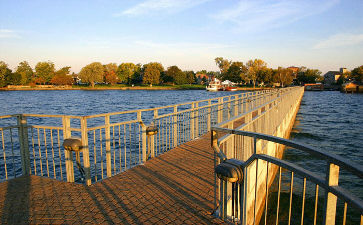
We have always grown a vegetable garden. Every year since I was a young girl we grew our own fresh vegetables. There’s a great deal of satisfaction in serving and eating food that you yourself have grown and picked. Making a plan in advance is essential to the success of growing a vegetable garden. The traditional method of growing vegetables is to plant orderly rows. Fertilize around seeds and plants when planting. Location is something else to think about when planning your garden. Vegetable gardens need sunny, open spaces so consider the location when planting. You will need to dig up the soil and turn it over before planting by breaking up the soil removing rocks and weeds as you go. Try to pull out as much of the weed roots as possible so that they will not come back later. This is also a good time to add lime to sweeten the soil. Most home and garden stores have the lime, mulch and fertilizer that you would need in addition, to the good quality seeds and vegetable plants. You may also purchase seeds from catalogs. Make sure to look over the plants that come in trays at your home store before buying. Only purchase plants that have healthy roots started. Consider planting a variety of vegetables for example, beans, corn, radishes, carrots, tomatoes, squash, cabbage and onions. Rhubarb is a root plant and should be planted in a mound in a different location than the vegetables. Herbs should also be planted away from the other vegetables in a bed. Follow the instructions on the packages as to how to place the seeds in the rows that you prepare. Then prepare the rows and where you will grow certain vegetables for example, you do not want to grow herbs like dill, basil and parsley near your row garden. It is useful to plan as best you can what will be planted in each area of the garden. When it comes to watering, vegetables need a lot of attention. If you have a large garden, you may want to consider a soaker hose. This will ensure that your plants get an even watering each time. Start a mulch pile with stalks, stems, roots, lawn clippings and any degradable portions of the harvest that is not consumed by simply burying this in the garden. When preparing your soil this mulch will supply much needed nutrients to the soil. Most gardeners only turn the soil over in the spring. There are a few links for companies that sell seeds and plants. Locally you no doubt have a supplier that carries all of these brands but having a catalog can be fun in helping you to plan your vegetable garden.
